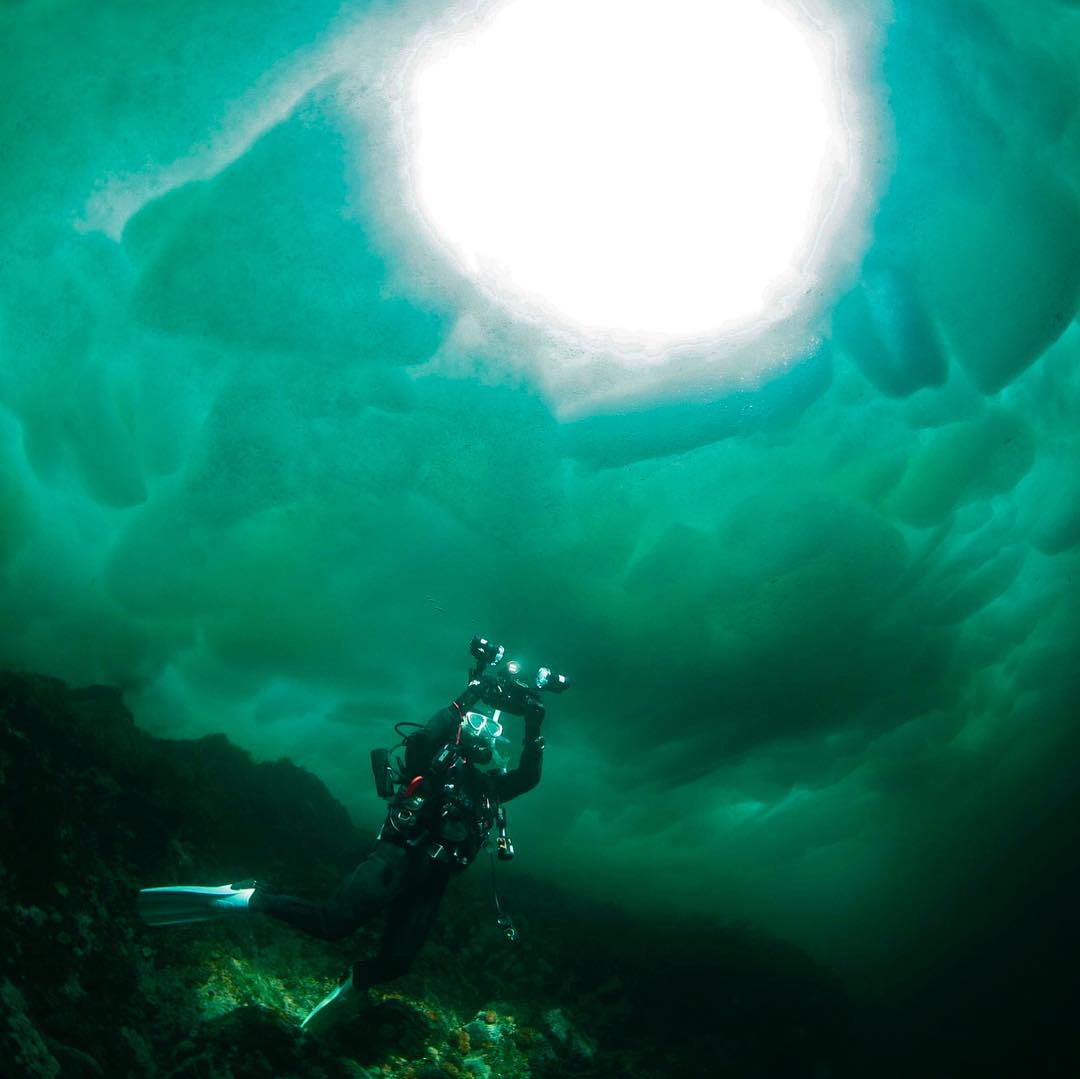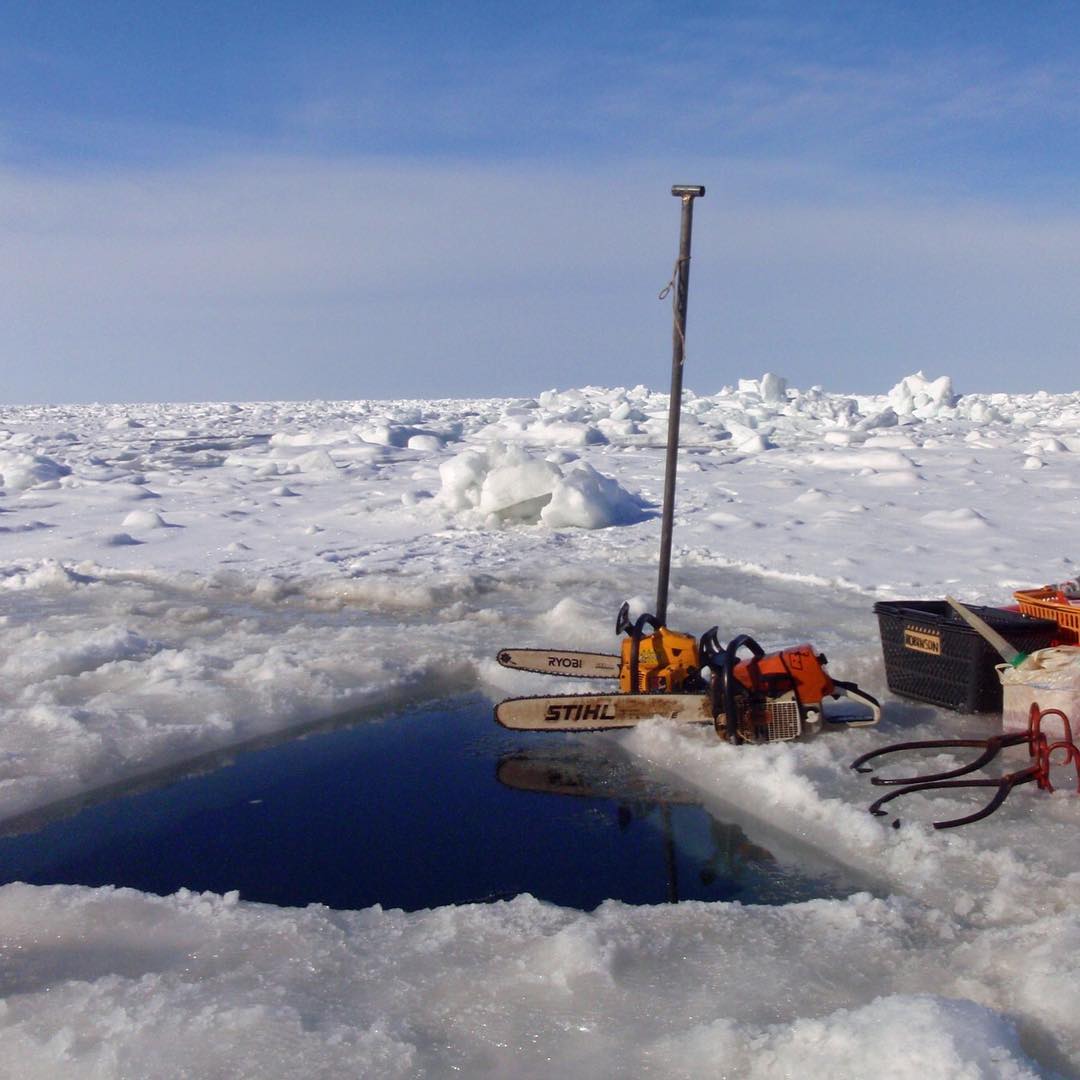


Known as “ryūhyō” in Japanese, drift ice is produced as water flows from the Amur River between China and Russia into the Sea of Okhotsk. As this fresh water freezes, it drifts towards Hokkaido while increasing in size and filling the Sea of Okhotsk. In January it breaks up, detaches from the coast and is blown south by a northerly wind, its journey ending at the Shiretoko Peninsula. It plays a fundamental role in the ecosystem, fostering the growth of ice algae. This attracts species such as small fish and shrimp, which, in turn, attract larger fish like salmon and trout. These then support the terrestrial ecosystem as food for animals such as bears. The formation of drift ice also marks the start of the ice diving season, which runs from early February to early March. It’s an advanced form of diving with several points to bear in mind, including the risk of hypothermia and diving in an enclosed environment with only one entry and exit point. The marine life differs greatly from warm coral seas. Cocooned under a roof of ice, life is slow and the water is extremely transparent. It feels silent and meditative, vibrantly colorful. (Hiroshi Nishimura photos)
.
.
.
.
.
.
#Japan #Hokkaido #Okhotsk #Shiretoko #travel #icediving #diving #nature #ocean #swimming #日本 #北海道 #知床 #オホーツク #流氷 #ダイビング #旅行 #自然 #海 #氷 #🏊🏻

AloJapan.com